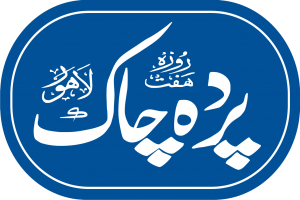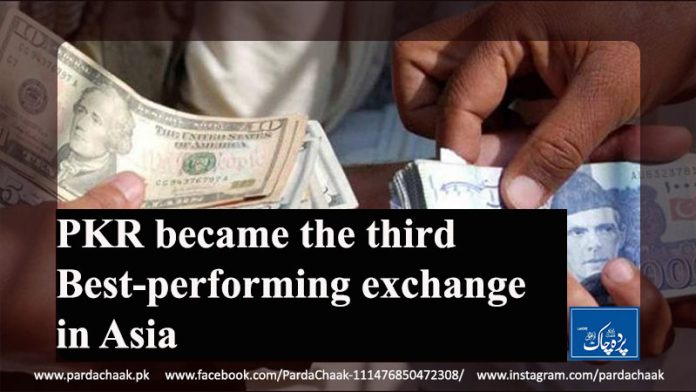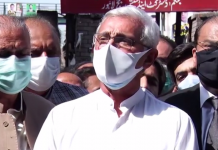Pakistani rupee became the third best-performing exchange in Asia after the currency smacked nearly eight-month high at Rs158.91 alongside the US dollar in the interbank marketplace on Monday, experts said.
The growth may help to deal with high inflation as Pakistan has transformed net importer of wheat, sugar and cotton this year to improve goods. Earlier, a gap in the production of agricultural supplies caused a rise in their prices in the country.
With fresh recovery of Rs0.18 on Monday, the rupee has cumulatively regained Rs9.52 or 5.65% over the past 11 weeks since tapping all-time low of Rs168.43 on August 26. The rupee was last seen around Monday’s (November 9) closing level of Rs158.91 on March 20.
Pakistani rupee recorded the list of best-performing currencies in Asia, valuing by 3.1% against the US dollar since October 1, 2020, thereby acquiring the place of third best-performing currency in Asia after Indonesian rupiah and South Korean won,
Indonesian rupiah had regained 4.5% while South Korean won recovered 3.6% since October 1, 2020
Improvement in rupee-dollar uniformity diminishes pressure on the external debt as well as imported price rises in the country
However, Exports should not be hurt in the short run as the country’s export diligences, as per reports, are already operating at 100-120% of their volume, while the Real Effective Exchange Rate (REER) index (measuring affordability through relative currency uniformity) has also room for further enhancement.
Upgrading currency parity should end in improved capability of the country to service its external debt as well as deal with imported inflation that affects the masses,
BMA Capital Executive Director Saad Hashmi said the rupee may sustain the uptrend following Joe Biden’s victory in the US presidential election. “Biden aims to improve US relationship with Iran; the development should push down crude oil costs in the global market as Iran is a foremost oil producer,” he said.
Hashmi said the policy change would immediately or implicitly help Pakistan as it was a net importer of unrefined oil and petroleum commodities. It meets over 70% of power requirement over imports and the stake of energy in total imports remains at around 25% per annum.
He said the rupee had endured to boost with higher inflow of dollars into the national economy. “Dollar incursions have remained high on account of receipt of workers’ payments and export earnings,” he added.
Market speculation about textile exporters indicates that they are working at full capability. Their share in total exports of the country stands at 60% per annum.
Experts, however, are suspicious of anticipating the rupee’s outlook. The future rupee-dollar similarity may be impacted by Pfizer’s proclamation of a successful Covid-19 vaccine and global oil prices as the world is undergoing the second wave of Covid-19.
Pfizer vaccine may not be commercially accessible before December while any rise in international oil prices may be a short-term trend with Iran likely to perform a comeback to the oil export market.
Moreover, Pakistan is likely to pay back debt worth $2 billion to Saudi Arabia; $1 billion next week and the outstanding $1 billion in January 2021.
The development may stand impartial for the rupee pondering Pakistan may arrange $2 billion from China and is all set to unveil Eurobond and Sukuk worth $2 billion in February 2021, it has been heard.



















